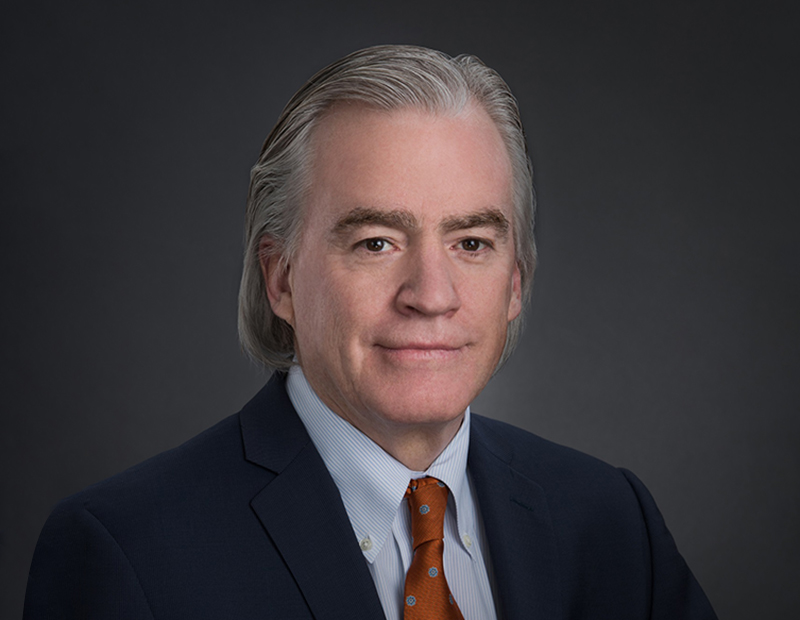6 Questions for FCP’s Steve Walsh
Recently named principal & chief credit officer at the real estate investment management firm, Walsh shares his views on capital markets trends, challenges and the late-cycle economy.
In his new role as principal & chief credit officer at FCP, Steve Walsh oversees asset and corporate finance for the diversified investment management and development company. His 20 years’-plus experience as a capital markets professional also includes stints at CarrAmerica Realty Corp., The Mills Corp. and NationsBank.
Walsh recently offered perspectives on what’s ahead for the real estate capital markets in a wide-ranging exchange with CPE.
What are the main trends in today’s real estate capital markets environment?
Walsh: A couple of trends continue to shape the environment. For example, the increased sources of debt capital, including funds and non-traditional finance, have made financing easier for most product types. Also, spread compression helped ease the impact of the rise in rates over the last couple of years, especially on the short end. In addition, CMBS, although diminished, has continued to provide a source of debt capital.
Tell us about the biggest challenges in the sector, and how you see these issues going forward.
Walsh: A downturn will likely cause some shakeout, although it might not be precipitated by real estate. It could be leveraged loans, CLOs, etc. Also, some product types, including multifamily, are likely to continue to have cash flows impacted by concessions due to supply issues.
How does the late-cycle economy impact the cost of capital?
Walsh: Good question. Normally, the impact could be significant, because spreads widen considerably, and liquidity is pinched, but it sure seems like that is not on the horizon.
Which property type is proving most difficult to finance, and why? Which one attracts capital most easily?
Walsh: The most difficult property sector to finance—out of the ones where we are active—is office, due to the lumpiness of the cash flows, large capital expenditure outlays and tenant mobility. Tenants have a lot of choices now.
The easiest is multifamily. The agencies’ participation throughout all cycles have historically kept this property sector very liquid. In addition, the cash flows are steady and the capex is not as significant.
What are your expectations in the year ahead when it comes to the competitive debt environment? Will the increased appetite for risk continue?
Walsh: I believe that the market will be liquid, and rates/spreads will generally hold in at current levels. We are a very creditworthy borrower so we should be able to access the market at competitive levels without interruption. The risk appetite is a little more muted. Some areas or property types are being shunned by lenders. Retail comes to mind, but we don’t really participate in that market.
What do lenders need to be mindful of in the next 12 months?
Walsh: Lenders are focused on cash flows because they are nervous that the low cap rates and sale liquidity might not be there to repay them. Cash flow underwriting will continue to be the main focus for lenders.









You must be logged in to post a comment.